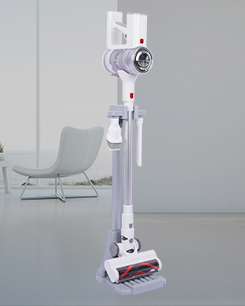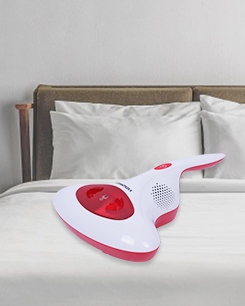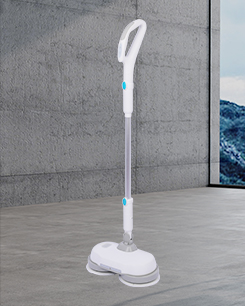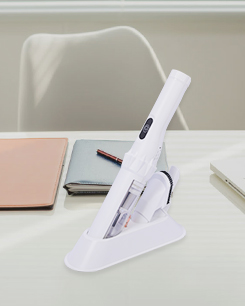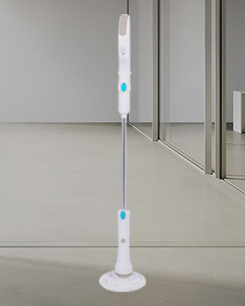The debris channel, also known as the dirt pathway or airflow pathway, is a critical component within the nozzle and overall design of stick vacuum cleaners. It plays a crucial role in guiding dirt, debris, and particles from the floor into the vacuum's dirt collection system. The design and features of the debris channel can significantly impact the vacuum's cleaning performance and maintenance. Here are some important aspects to consider regarding the debris channel of stick vacuum cleaners:
Shape and Design: The debris channel is typically designed to create a smooth and efficient pathway for airflow and debris collection. It may have various shapes, such as straight or curved channels, to optimize suction and prevent clogs.
Width and Clearance: The width and clearance of the debris channel affect the size of particles that can be effectively picked up. A wider and unobstructed channel is better at handling large debris without clogging.
Pre-filters: Some stick vacuums incorporate pre-filters or cyclonic action within the debris channel to separate larger particles and prevent them from reaching the primary filter. This helps extend the life of the filter and maintain consistent suction.
HEPA Filtration: Debris channels in stick vacuums equipped with HEPA filters are designed to ensure that all air passing through the vacuum is filtered before being expelled. This helps trap allergens and fine particles within the vacuum.
Anti-clog Features: Some stick vacuums include anti-clog features within the debris channel, such as brushes or mechanisms that prevent debris from accumulating and obstructing airflow.
Easy Access for Cleaning: The debris channel should be designed to allow easy access for cleaning and maintenance. Clearing any obstructions or clogs in the debris channel is essential to maintain optimal performance.
Hygienic Emptying: The design of the debris channel can impact how easy it is to empty the dustbin or dirt collection container. Stick vacuums with hygienic emptying mechanisms ensure that debris can be emptied without creating a mess or coming into direct contact with it.


Sealed Systems: Some stick vacuums feature sealed systems, which prevent air and particles from escaping through gaps in the debris channel or filtration system. This contributes to better allergen containment and air quality.
Material and Durability: The material of the debris channel should be durable and resistant to wear and tear, as it is a critical part of the vacuum's performance.
Clear Design: A transparent or translucent debris channel design allows users to see when it's time to empty the dustbin and monitor the flow of debris. This can be especially helpful in gauging the vacuum's effectiveness.
Minimization of Noise and Airflow Disruption: Debris channel design may include features that reduce noise and maintain smooth airflow, ensuring efficient and quiet operation.
Compatibility with Attachments: The design of the debris channel should allow for easy attachment of accessories and cleaning tools for specialized cleaning tasks.

 English
English Español
Español